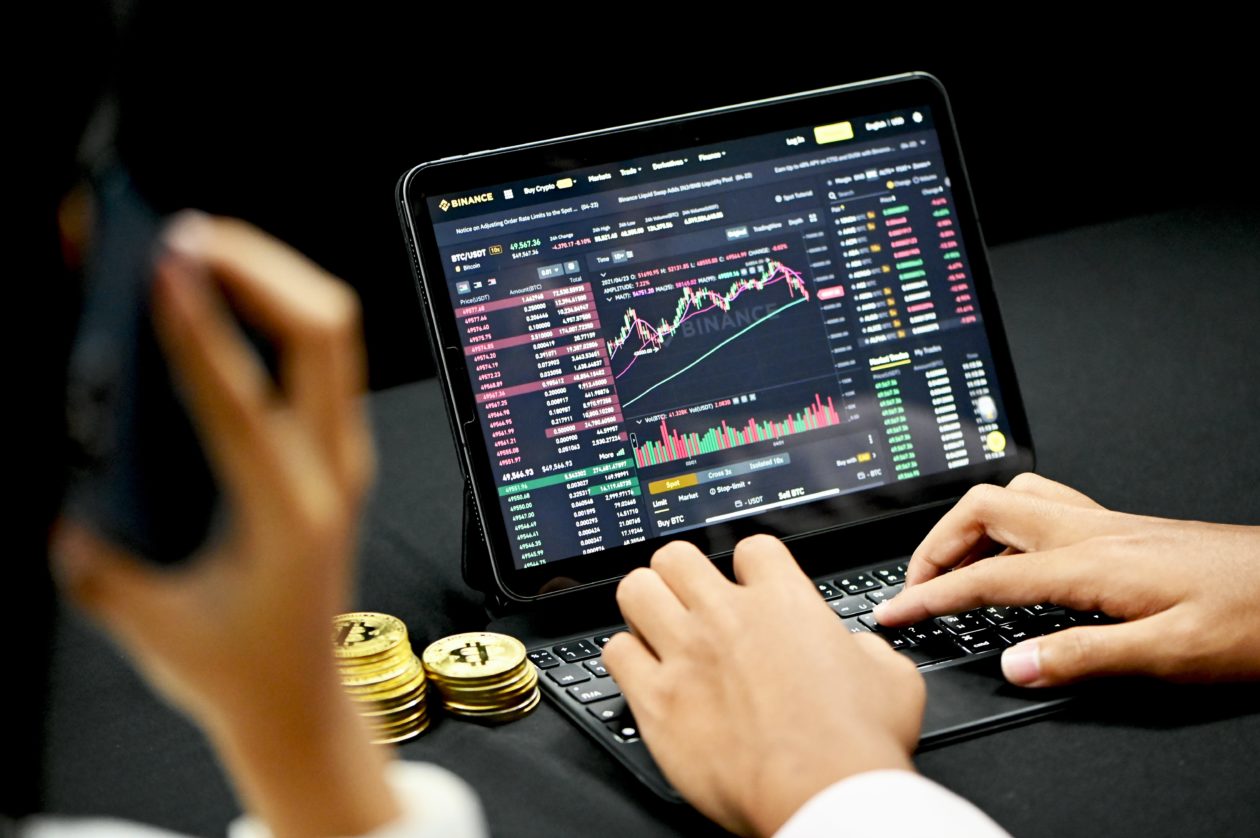Introduction to CFD Trading
In the modern financial markets, retail investors have more opportunities than ever to trade a wide range of assets without owning the underlying instruments. This has been made possible through CFD Trading, a popular form of derivative trading that allows traders to speculate on price movements of stocks, commodities, indices, forex, and more. At its core, CFD Trading offers flexibility, leverage, and access to global markets, making it an attractive choice for traders worldwide. Whether you are a beginner looking to learn the basics or an experienced trader refining your strategies, understanding how CFDs work is essential to building a sustainable and profitable trading portfolio.
What is CFD Trading?
CFD stands for “Contract for Difference,” a type of derivative that allows traders to speculate on the rising or falling prices of fast-moving global financial instruments. Instead of buying or selling the underlying asset, traders agree to exchange the difference in the asset’s price from the time the contract is opened to when it is closed.
CFD Trading gives investors the ability to profit in both rising and falling markets. If you believe the price of an asset will go up, you take a “long” position. If you believe the price will fall, you take a “short” position. This versatility is one of the main reasons CFDs have gained popularity among retail traders.
How CFD Trading Works
When you open a CFD trade, you choose the size of your position and whether you expect the asset’s price to rise or fall. If the market moves in your favor, you make a profit proportional to your position size and the amount the market has moved. If the market moves against you, you incur a loss.
For example:
- If you buy 100 CFDs on a stock trading at $50 and the price rises to $55, your profit is 100 × $5 = $500.
- If the price falls to $45 instead, your loss is $500.
The Key Advantages of CFD Trading
1. Leverage and Capital Efficiency
One of the defining features of CFD Trading is leverage. Brokers typically require only a small margin deposit—sometimes as low as 5% of the total trade value. This allows traders to control larger positions with less capital. However, leverage magnifies both profits and losses, making risk management crucial.
2. Trade Both Rising and Falling Markets
CFDs enable traders to go long or short with equal ease. This means you can profit during bullish markets as well as when prices are declining.
3. Access to Global Markets
With CFD Trading, you can trade a wide variety of markets from a single account, including equities, commodities, indices, forex, and even cryptocurrencies.
4. No Stamp Duty (in Some Jurisdictions)
Since CFDs are derivatives, in many countries you do not pay stamp duty on the purchase of the underlying asset. However, this depends on local regulations.
Risks of CFD Trading
While CFD Trading offers significant opportunities, it is not without risks:
- Leverage risk: While leverage can amplify gains, it also increases the size of losses.
- Market volatility: Rapid price movements can cause large losses in a short time.
- Overtrading: The ease of access can tempt traders to take on excessive positions.
- Counterparty risk: You trade CFDs with your broker, not an exchange, meaning you rely on the broker’s financial stability.
CFD Trading for Beginners
If you are new to CFD Trading, it is essential to start with a clear plan. Learn the basic terminology, understand how leverage works, and practice risk management strategies. Many brokers offer demo accounts, allowing you to trade with virtual funds before committing real money.
How to Get Started with CFD Trading
- Choose a reputable broker – Select a regulated broker with a transparent fee structure.
- Learn the markets – Focus on assets you understand well.
- Set up a trading plan – Define entry and exit points, stop-losses, and position sizes.
- Use demo accounts – Practice before committing capital.
- Start small – Begin with modest trades and scale up as you gain experience.
CFD Trading Strategies
Trend Following
This strategy involves identifying market trends and trading in the direction of those trends. Traders often use moving averages and trendlines to confirm signals.
Swing Trading
Swing traders aim to capture short-to-medium-term price movements within an overall trend.
Scalping
Scalping involves making multiple trades in a day to capture small price movements. It requires high focus and quick execution.
Hedging
Some traders use CFD Trading to hedge existing positions in other investments, reducing risk from adverse price movements.
Understanding Leverage in CFD Trading
Leverage allows you to open a position larger than your actual deposit. For example, with 10:1 leverage, a $1,000 deposit lets you control a $10,000 position. While this increases potential profit, it also increases risk. Effective leverage management is key to long-term success in CFD Trading.
Charting and Technical Analysis in CFD Trading
Successful CFD Trading often relies on technical analysis. Traders use price charts, indicators like RSI and MACD, and candlestick patterns to predict market movements. Understanding these tools helps traders identify high-probability trading opportunities.
CFD Trading vs. Traditional Investing
In traditional investing, you own the underlying asset, such as shares of a company. In CFD Trading, you never own the asset—you are only speculating on its price movement. This difference means CFDs often involve lower capital requirements and greater flexibility, but also higher risk due to leverage.
Costs and Fees in CFD Trading
Typical costs include:
- Spread: The difference between the buy and sell price.
- Overnight financing: Charges for holding leveraged positions overnight.
- Commission: Some brokers charge per trade, particularly for share CFDs.
Building a CFD Trading Portfolio
Diversification is just as important in CFD Trading as it is in traditional investing. By trading multiple asset classes and markets, you reduce your exposure to risk from any single market movement.
Common Mistakes in CFD Trading
- Ignoring risk management – Not using stop-loss orders can lead to large losses.
- Overleveraging – Trading with excessive leverage is a common reason for blown accounts.
- Trading without a plan – Entering trades without predefined goals leads to emotional decision-making.
The Psychology of CFD Trading
Success in CFD Trading requires discipline and emotional control. Fear and greed can lead to impulsive decisions, while patience and consistency help traders stay on course.
Conclusion
CFD Trading is a powerful tool for retail traders seeking to profit from global market movements without owning the underlying assets. It offers flexibility, leverage, and access to diverse markets, but also carries significant risk. By understanding how CFDs work, practicing sound risk management, and developing a disciplined trading plan, traders can improve their chances of long-term success.



